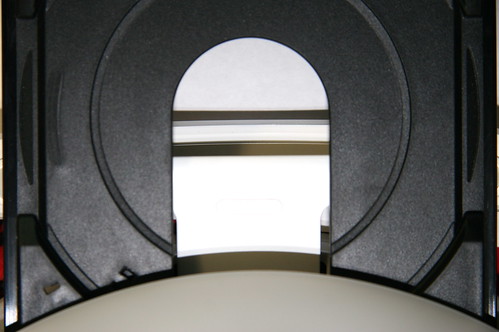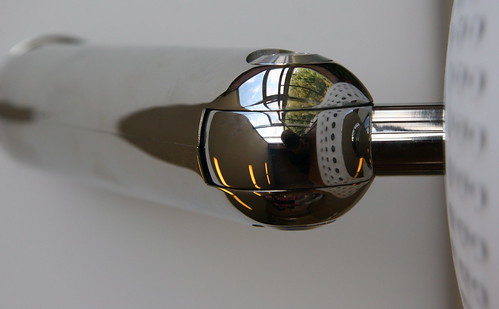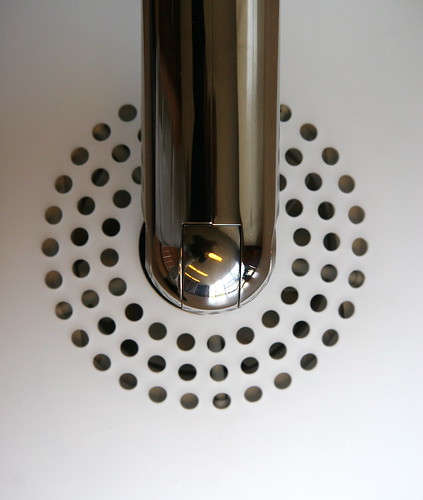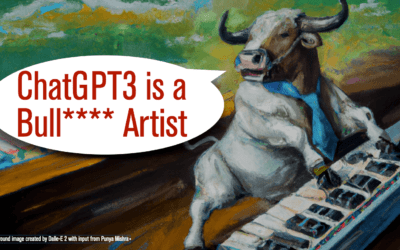I recently learned about véjà du (see here to learn more). I was sufficiently intrigued by this idea to use this as an assignment in the CEP818, Creativity in Teaching and Learning course I am currently teaching (with Mike DeSchryver). The assignment students were given is as follows:
So if déjà vu is the process by which something strange becomes, abruptly and surprisingly familiar, véjà du is the very opposite. It is the seeing of a familiar situation with “fresh eyes,” as if you have never seen it before. So if déjà vu is about making the strange look familiar, véjà du is all about making the familiar look strange! So, we would like you to practice your ability to experience véjà du. You will need your digital camera and an everyday item to photograph. This item could be anything from an armchair to a zeotrope, large or small, from something in your kitchen to something you would find in a children’s park. Your goal is to take pictures that do NOT allow the viewer to easily determine what the item is. Take as many pictures as you can. Try several different techniques, different angles, frames, and methods to disguise the item being photographed. Think about what your camera can do, (how much it can zoom in or zoom out, if you can insert it through openings to get interesting angles, etc.) to help you decide your item to be photographed. (For instance if your camera cannot take extremely closeups, choosing a small item may be the wrong way to go). Take a bunch of pictures at one go, and then let it aside for a day or so. A few days latter, come back repeat the assignment (with the same object) once again. Did that gap help you see things you had not noticed before? Finally, do remember to take one picture of the object that clearly shows what it really is.
Now this is a fun assignment and the class participants have done some really interesting work with this. Now, I have been intending to do this assignment as well … but just haven’t had the time to do so. Anyway, today I decided that enough is enough, and with Leigh Wolf helping me I took a bunch of pictures. The first five photographs are given below. Do you know what this object is? If not the answer is provided as a link at the bottom. Enjoy.





If you want to know the answer here is a clue… and finally the actual object. You can also see the entire flickr set here.



Nice shot, giving me a hard time before i recognized it.
Are you publishing your own articles? Or getting them from any other sources?
Also check out “SURFACE: A film from Underneath”
http://vimeo.com/4936492
I knew it was a monitor of some kind…but these pictures themselves are all very nice compositionally. I also thought it was a nice touch to have the sky reflected in the apple on the “clue” shot. 🙂
These are very cool. At first I thought it was an object from the kitchen but then realized it was too shiny.
Now I get it! Great job!
The beautiful imac.
Second Generation iMac.